World War II left behind more than just historical facts and major turning points—it also left behind a range of intriguing artifacts that tell their own stories. From personal items of soldiers to rare treasures that have withstood the test of time, these artifacts carry hidden tales of war, resilience, and human history. Some of these objects have only recently been discovered, adding layers of mystery to their significance.
Each artifact in this list comes with its own unique backstory, sparking curiosity and offering a glimpse into the past. Whether they were lost in battle, hidden away for decades, or passed down through generations, these objects help connect us to the experiences of those who lived through such a tumultuous time. From the well-known to the lesser-seen, these pieces are more than just relics; they’re the keys to understanding some of the most fascinating and lesser-known aspects of World War II.
The Amber Room

The Amber Room, often dubbed the “Eighth Wonder of the World,” was a breathtaking chamber decorated in amber panels, gold leaf, and mirrors. Originally constructed in Prussia, it was gifted to Peter the Great of Russia. During WWII, the Nazis dismantled it and transported it to Königsberg. Despite extensive searches, its fate remains unknown. This exquisite room symbolized opulence and became a focal point of wartime lore. The mystery of its disappearance adds a layer of intrigue to its already rich history, making it one of the most sought-after lost treasures of the war era.
The Spear of Destiny
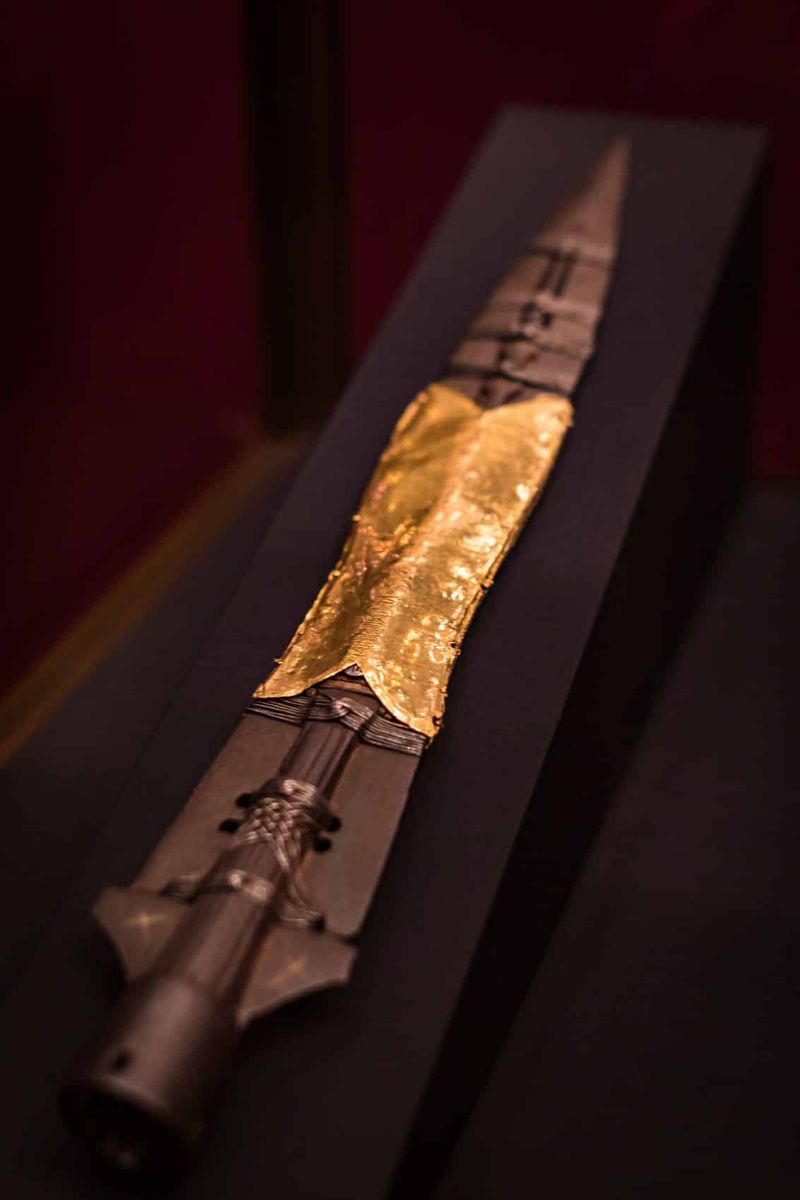
The Spear of Destiny, also known as the Holy Lance, is said to have pierced the side of Christ. This artifact was believed to grant its possessor ultimate power. Adolf Hitler’s fascination with it led to its seizure during the war. Its mythical status made it a coveted object among the Nazi elite. The spear’s journey through history is filled with enigmatic tales and alleged curses. Today, its true authenticity and location are subjects of debate, but its legend continues to captivate historians and enthusiasts alike, intertwining myth and reality.
Yamashita’s Gold

Yamashita’s Gold refers to the rumored treasure amassed by Japanese General Tomoyuki Yamashita during WWII. Allegedly hidden in the Philippines, this vast collection included gold, jewels, and priceless artifacts. Despite numerous expeditions, the treasure’s existence remains unverified, fueling speculation and intrigue. Stories of booby traps and secret maps add layers to this wartime legend. Treasure hunters continue to seek this elusive bounty, driven by tales of unparalleled wealth. Whether myth or reality, Yamashita’s Gold represents the allure of lost WWII treasures and the enduring quest for discovery.
The Diary of Anne Frank
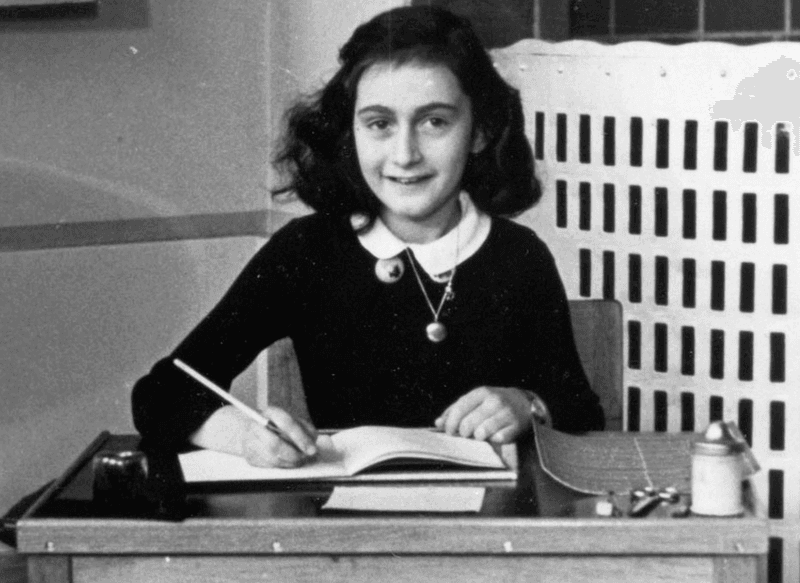
The Diary of Anne Frank is not just an artifact but a poignant testimony of life during the Holocaust. Anne’s writings, penned while hiding from the Nazis in Amsterdam, reveal the fears, hopes, and resilience of a young girl. Her diary was discovered after her arrest and published posthumously, resonating with millions worldwide. It provides an intimate glimpse into the atrocities of war and the enduring human spirit. The diary’s survival and impact underscore its significance as an enduring symbol of hope and a reminder of the past’s harsh realities.
The Enigma Machine
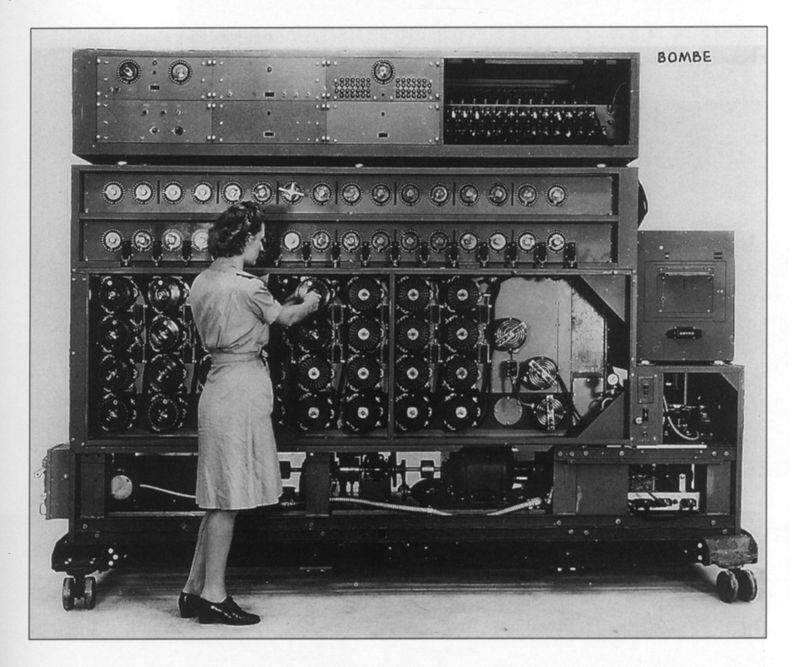
The Enigma Machine was a cryptographic device used by Nazi Germany to encode military communications. Its intricate design made it challenging to decipher, posing a significant threat to Allied forces. The eventual cracking of Enigma by British mathematicians, including Alan Turing, marked a turning point in the war. The machine’s story is one of intellect, innovation, and strategy. Today, Enigma represents both the technological advancements of the era and the critical role of codebreakers in achieving victory. Its legacy continues to inspire fascination with the intersection of technology and warfare.
The B-17E “Flying Fortress” Swamp Ghost
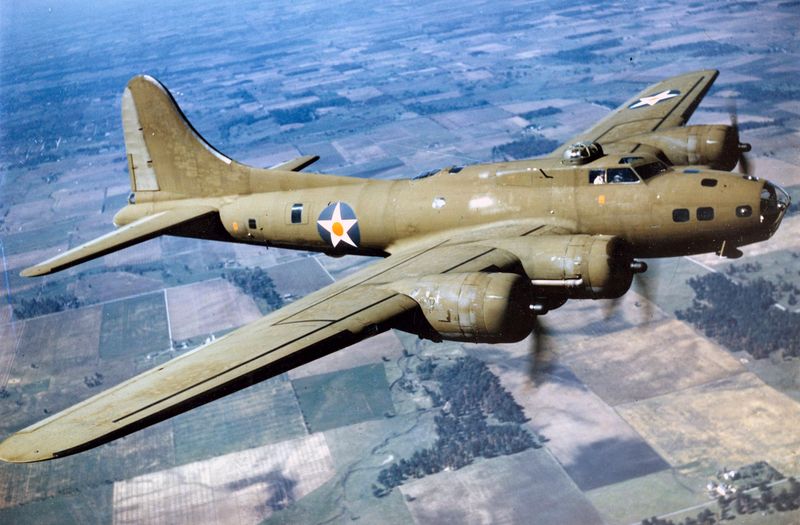
The “Swamp Ghost” is a B-17E bomber that crash-landed in a Papua New Guinea swamp during WWII. Discovered decades later, its remarkably preserved state sparked interest among historians and aviation enthusiasts. The aircraft’s journey from a wartime mission to a modern relic exemplifies the unexpected paths of history. Efforts to recover and restore the bomber have faced challenges but continue as a tribute to those who served. The “Swamp Ghost” tells a story of adventure, preservation, and the enduring impact of WWII aviation on historical memory.
The Lost Gold of Rommel
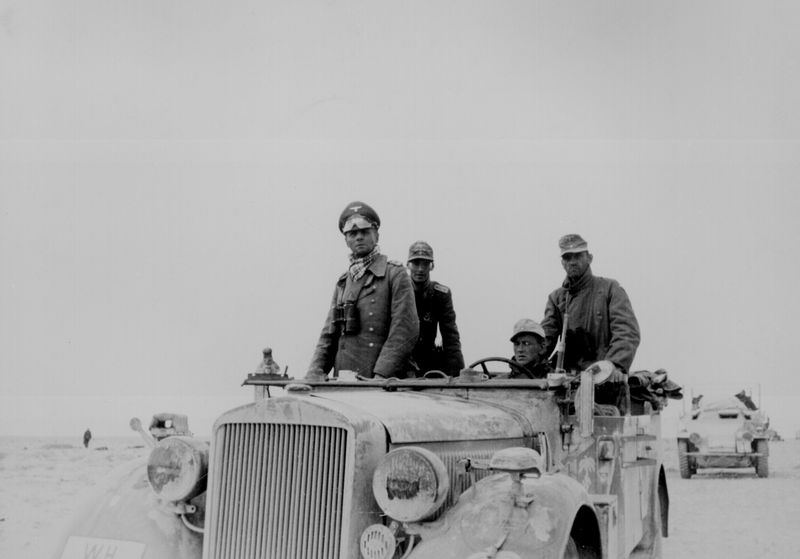
The Lost Gold of Rommel refers to the alleged treasure hidden by German Field Marshal Erwin Rommel in the North African desert. Rumors suggest that Rommel, known as the “Desert Fox,” concealed gold and precious artifacts during the campaign. Despite numerous searches, the treasure remains undiscovered, fueling speculation and legend. The tale of Rommel’s gold is intertwined with wartime strategy and the mysteries of the desert. Whether real or mythical, it captivates treasure hunters and historians alike. This story reflects the enduring allure of hidden spoils and wartime legends.
The Nazi Bell (Die Glocke)

The Nazi Bell, or “Die Glocke,” is shrouded in mystery and speculation. Allegedly a secret Nazi scientific experiment, the device was rumored to have anti-gravity capabilities and time travel potential. Housed in an underground facility, its true purpose remains unknown. Post-war conspiracy theories and declassified documents have only added to the intrigue. The Bell’s legend is a testament to the era’s technological ambitions and the blurred lines between science fiction and reality. Today, it remains a symbol of enigmatic innovation, captivating historians and enthusiasts with its speculative potential.
The Ahnenerbe Artifacts
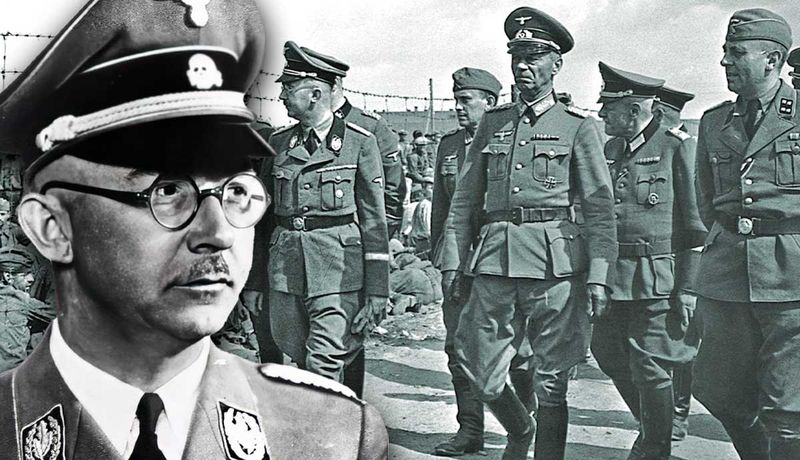
The Ahnenerbe was a Nazi organization dedicated to researching ancient Germanic history and the occult. Artifacts collected by this group were believed to hold mystical powers and historical significance. These items, ranging from ancient relics to mysterious runes, were part of a broader narrative of myth and ideology. The Ahnenerbe’s activities were shrouded in secrecy, and many artifacts were lost or hidden post-war. Their legacy is a blend of historical curiosity and the darker side of Nazi ideology. Today, these artifacts intrigue historians with their blend of myth, mysticism, and historical narrative.
The Lost Fabergé Eggs

The Lost Fabergé Eggs symbolize opulence and artistic mastery. Crafted for Russian royalty, several eggs disappeared during WWII. Their fate remains unknown, adding to their mystique. These treasures are not just decorative objects but symbols of a bygone era. Stories of their journey through war-torn Europe captivate collectors and historians. The mystery of the missing eggs echoes the broader narrative of lost art and cultural heritage during the war. Their enduring allure reflects both their artistic value and the intrigue surrounding their disappearance, making them coveted treasures of history.
The Honjo Masamune Sword

The Honjo Masamune is a legendary Japanese sword, renowned for its craftsmanship and historical significance. Passed through generations of samurai, it became a symbol of Japanese heritage. During WWII, the sword was surrendered to American forces and subsequently vanished. Its disappearance remains a mystery, sparking intrigue among historians and sword enthusiasts. The Honjo Masamune represents not only a lost artifact but a connection to Japan’s cultural legacy. Its story is one of tradition, war, and the enduring quest to preserve history. The sword’s fate continues to captivate those who seek its legendary blade.
The Roswell UFO Incident

Though technically post-WWII, the Roswell UFO Incident is often linked to wartime technological advancements. In 1947, a mysterious object crashed in Roswell, New Mexico, sparking theories of extraterrestrial visitation. The U.S. military’s initial announcement of a “flying disc” recovery was swiftly retracted, fueling conspiracy theories. The incident symbolizes Cold War paranoia and the era’s fascination with potential alien technology. Roswell remains an iconic event in UFO lore, blending mystery, government secrecy, and the allure of the unknown. Its legacy continues to inspire curiosity and debate among UFO enthusiasts and skeptics alike.
The Ark of the Covenant

The Ark of the Covenant, a biblical artifact, was rumored to be sought by the Nazis during WWII as part of their quest for powerful relics. The Ark, said to contain the Ten Commandments, holds immense religious significance. Its alleged pursuit reflects the era’s blend of myth, religion, and wartime ambition. Stories of its potential location and power have captivated imaginations for decades. Whether fact or fiction, the Ark’s narrative intertwines with legends of mystical artifacts and the search for divine intervention during the war. Its story endures as a symbol of mystery and faith.
The Ghost Army
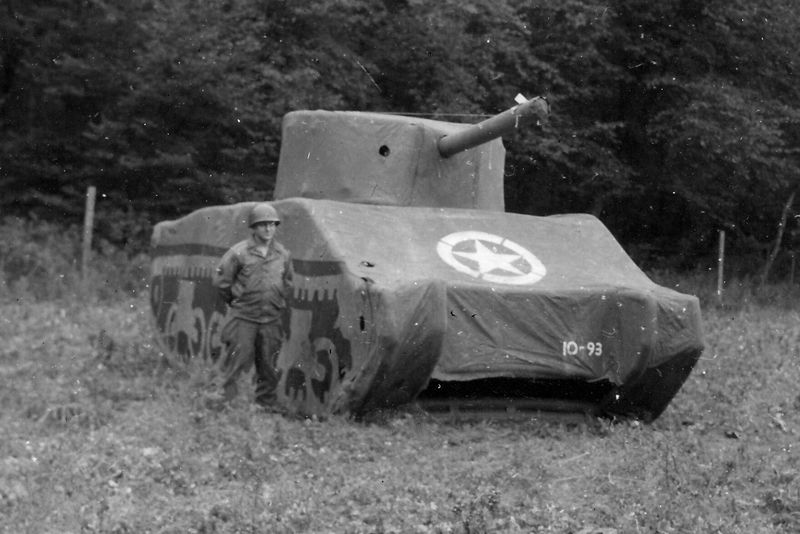
The Ghost Army was a unique Allied unit during WWII, tasked with deception operations. Consisting of artists and actors, they used inflatable tanks, sound effects, and radio transmissions to mislead enemy forces. Their creative tactics played a crucial role in several key operations, showcasing the power of illusion in warfare. The unit’s exploits remained classified for decades, adding to their mystique. Today, the Ghost Army is celebrated for its innovative approach to military strategy, blending art and warfare in a unique narrative. Their story is a testament to creativity and cunning on the battlefield.
The Monuments Men
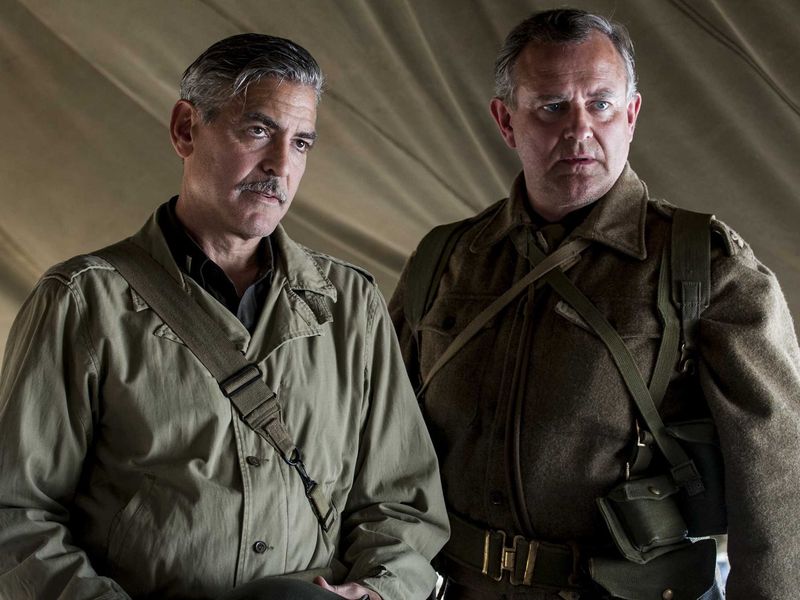
The Monuments Men were a group of Allied soldiers tasked with protecting and recovering art and cultural heritage during WWII. Comprised of museum curators, scholars, and artists, they risked their lives to safeguard priceless works from Nazi looting. Their efforts led to the recovery of thousands of artworks and cultural artifacts. The Monuments Men symbolize the commitment to preserving human history amidst the chaos of war. Their legacy continues to inspire efforts to protect cultural heritage globally. This story reflects the enduring value of art and the heroes who strive to protect it.
The Laconia Incident
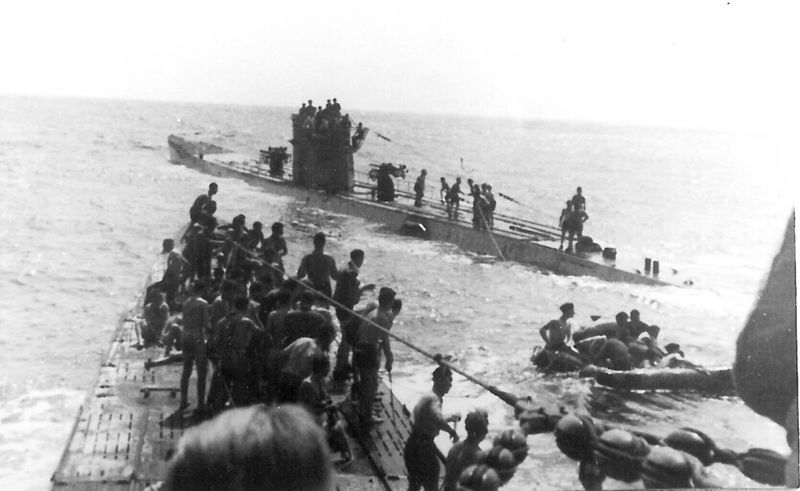
The Laconia Incident involved the sinking of the British troopship RMS Laconia by a German U-boat in 1942. What followed was an unusual act of wartime humanity: the U-boat commander attempted to rescue survivors, defying orders. This compassionate gesture, however, led to further tragedy when American forces attacked the rescuing submarine. The incident highlights the moral complexities of war, where acts of mercy clash with military imperatives. Laconia’s story is a poignant reminder of the human dimension in wartime, illustrating both the potential for compassion and the harsh realities of conflict.
The Righteous Among the Nations
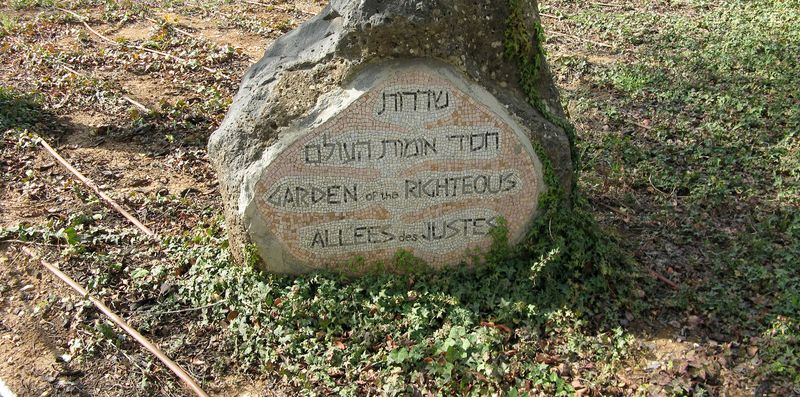
The Righteous Among the Nations is a title bestowed by Israel to non-Jews who risked their lives saving Jews during the Holocaust. These individuals, from various backgrounds, demonstrated extraordinary courage and humanity. Their stories highlight acts of selflessness and bravery in the face of unimaginable danger. The title honors those who stood against persecution, exemplifying the best of human nature during one of history’s darkest periods. The legacy of the Righteous continues to inspire future generations, reminding us of the power of individual action in the fight against injustice and hatred.
The Glint of Dambusters’ Raid
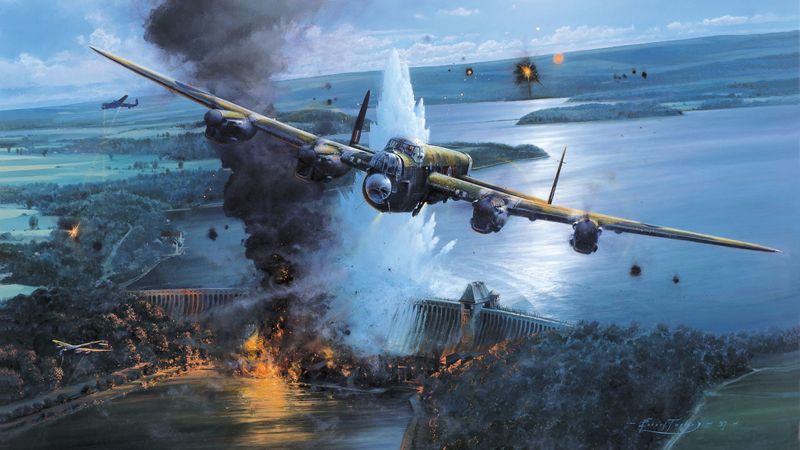
The Dambusters’ Raid was a daring WWII operation by the Royal Air Force, targeting German dams with precision bombing. Utilizing innovative “bouncing bombs,” the raid sought to disrupt enemy infrastructure. The mission’s audacity and execution captured public imagination, showcasing the ingenuity and bravery of the airmen involved. Despite its mixed success, the raid became a symbol of wartime innovation and determination. The legacy of the Dambusters continues to be celebrated, reflecting the courage and creativity that characterized the Allied efforts during the war. Their story remains an inspiring chapter in military history.
The Secret of Operation Mincemeat
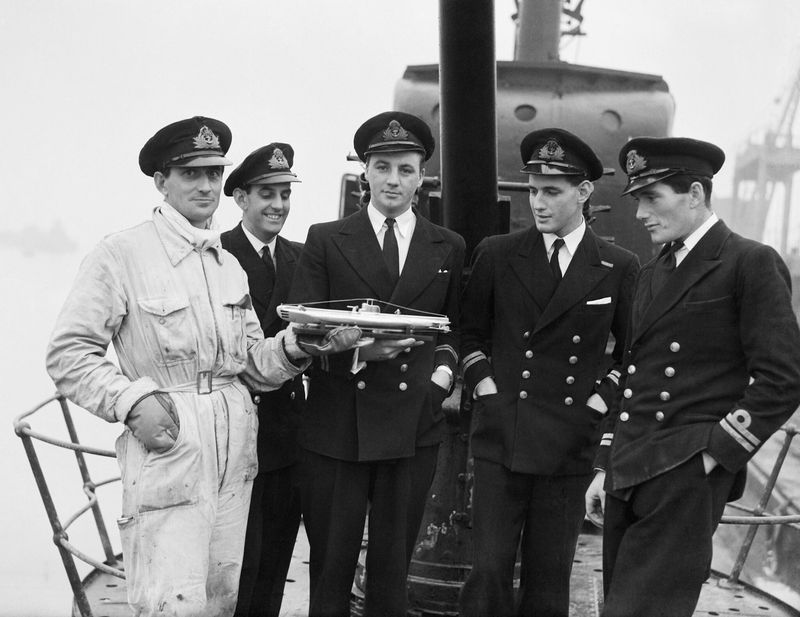
Operation Mincemeat was a remarkable British deception operation during WWII, aimed at misleading the Axis powers. The plan involved planting false documents on a corpse, convincing the Germans of an impending invasion. This cunning ruse diverted enemy forces, aiding Allied success in Sicily. The operation’s ingenuity highlights the strategic use of deception in warfare. It remains one of the most successful wartime hoaxes, demonstrating the power of intelligence and creativity. The story of Operation Mincemeat reflects the clever tactics employed to outwit adversaries and the importance of unconventional thinking in military strategy.
The Lost Squadron
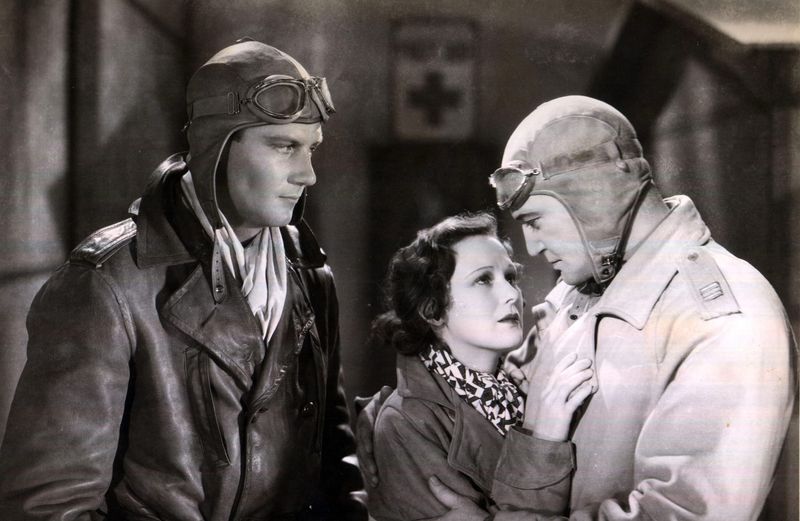
The Lost Squadron refers to a group of American fighter planes that crash-landed on a Greenland ice cap during WWII. Buried under ice for decades, these aircraft became a symbol of wartime endurance and exploration. Expeditions to recover the planes faced extreme challenges, reflecting the enduring allure of uncovering history. The story of the Lost Squadron is one of perseverance and the quest to reclaim artifacts from the past. It captivates aviation enthusiasts and historians, illustrating the impact of time and nature on wartime relics. Their discovery continues to inspire efforts to preserve history.
The Ghost of the USS Hornet
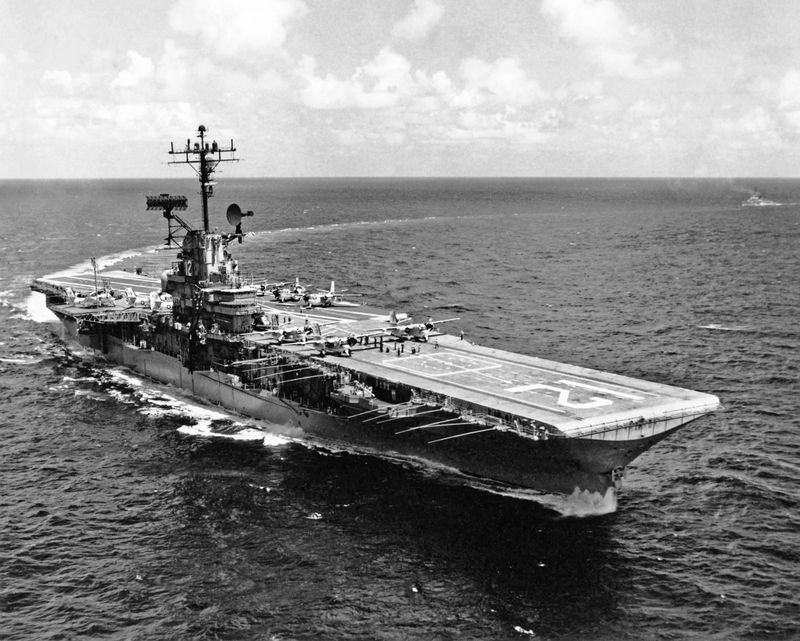
The USS Hornet, a renowned aircraft carrier, played a pivotal role in key WWII battles. However, it is also known for ghostly tales and reported paranormal activity. Crew members and visitors have recounted encounters with ghostly figures and unexplained phenomena aboard the ship. These stories add an eerie dimension to the vessel’s storied history, blending naval legacy with mystery. The USS Hornet stands as both a symbol of naval prowess and a source of intrigue for those fascinated by the supernatural. Its legacy continues to draw interest from historians and paranormal enthusiasts alike.
The San Marco Castle Treasure

The San Marco Castle Treasure is a legend connected to the Italian fortress rumored to hide a vast collection of looted treasures. During WWII, the Nazis allegedly used the castle as a storage site for stolen art and valuables. Efforts to uncover the hidden riches have been ongoing, driven by tales of secret tunnels and hidden chambers. The story encapsulates the wartime narrative of looted art and the quest for reclaiming cultural heritage. The castle’s mysterious allure continues to captivate treasure hunters and historians, reflecting the enduring legacy of wartime mysteries and hidden wealth.
The Liberation of Paris
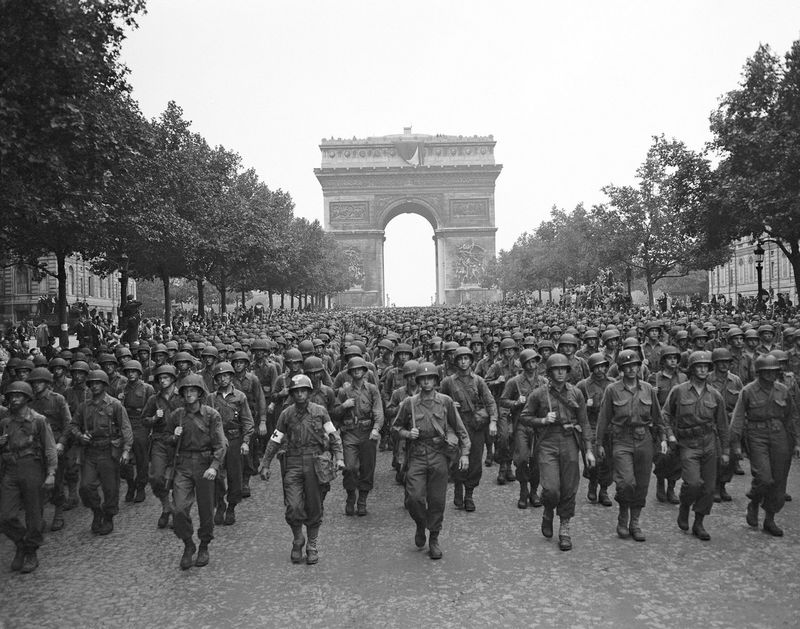
The Liberation of Paris marked a pivotal moment in WWII, symbolizing hope and freedom. In 1944, Allied forces, aided by the French Resistance, freed the city from German occupation. The liberation was a turning point in the war, igniting celebrations and bolstering Allied morale. The event showcased the resilience and determination of those fighting against tyranny. The story of Paris’s liberation highlights the collaborative efforts of diverse groups united in a common cause. It remains a powerful testament to the enduring spirit of resistance and the triumph of liberty over oppression.
